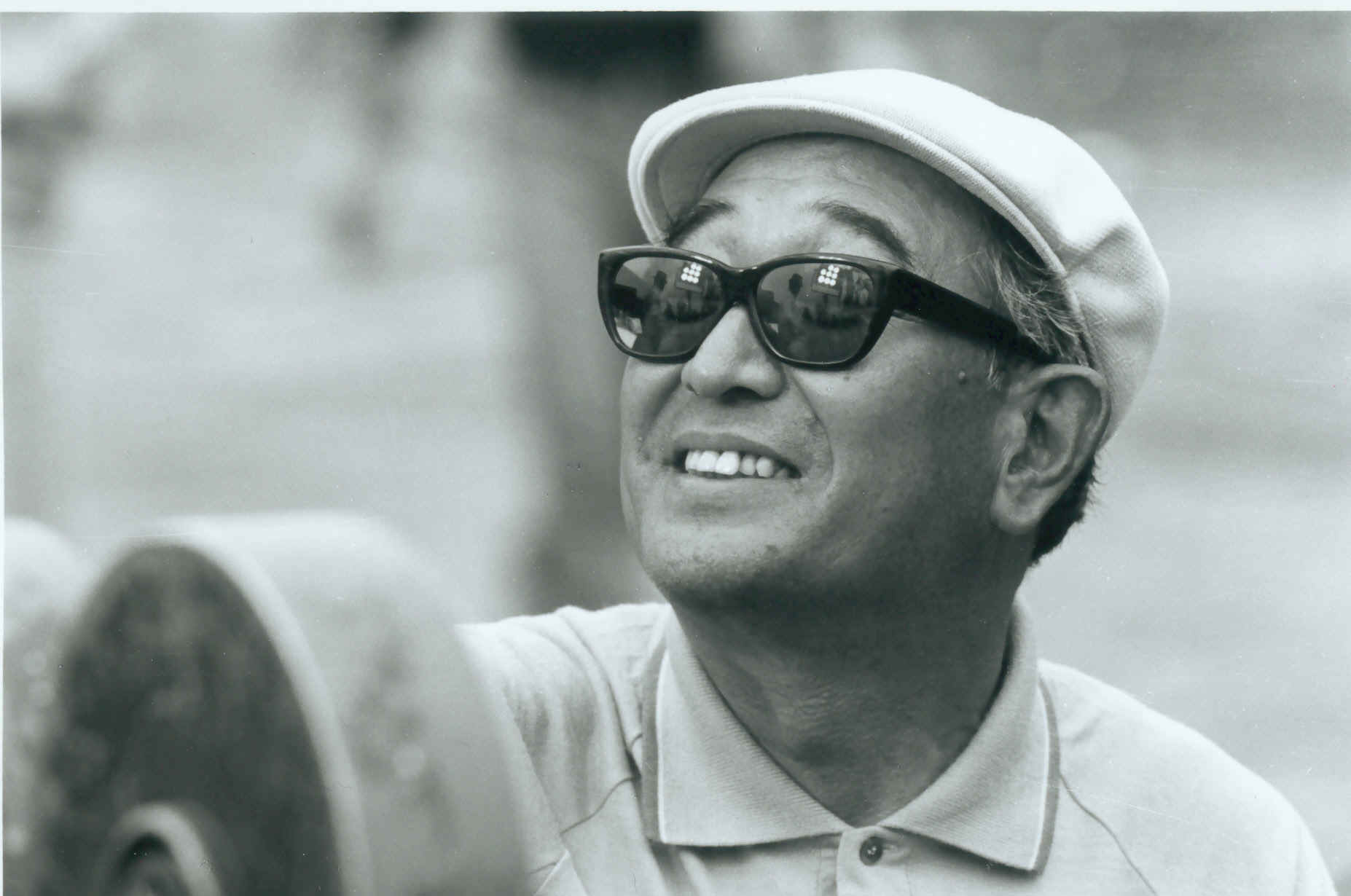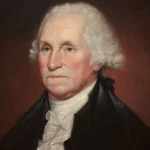
Welcome to the captivating world of Akira Kurosawa, a legendary figure in the realm of cinema whose groundbreaking work has left an indelible mark on film history. From his early influences in the 1930s to his final masterpieces in the 1990s, Kurosawa’s journey as a filmmaker is a testament to his unparalleled storytelling prowess and cinematic vision. Join us on a journey through the significant milestones and creative brilliance of this iconic director, from the post-war dramas that defined an era to the epic tales that transcended cultural boundaries. Each trivia reveals a facet of Kurosawa’s multifaceted career, showcasing his ability to seamlessly blend genres, explore profound human themes, and leave an enduring legacy in the annals of world cinema.
Birth of Akira Kurosawa (1910): Akira Kurosawa, born on March 23, 1910, in Tokyo, Japan, would go on to become one of the most celebrated and influential filmmakers in the history of cinema. Growing up in a family with samurai heritage, Kurosawa’s early exposure to traditional Japanese arts and literature laid the foundation for his later cinematic masterpieces. Little did the world know that this young boy would revolutionize filmmaking, leaving an indelible mark on global cinema.
Early Influences (1930s): In the 1930s, Kurosawa’s cinematic sensibilities were shaped by his fascination with Western cinema, particularly the works of John Ford and Charlie Chaplin. This cross-cultural influence became a hallmark of Kurosawa’s filmmaking style, blending Eastern and Western storytelling traditions. His early appreciation for diverse cinematic approaches laid the groundwork for the unique and transcendent quality of his later films.
Debut as Director (1943): Kurosawa made his directorial debut with “Sanshiro Sugata” in 1943, a film centered around judo and the samurai spirit. Despite the challenging circumstances of World War II, this debut showcased Kurosawa’s early prowess in storytelling and set the stage for his future success as a director.
Post-War Career (1945): The post-war era marked a turning point in Kurosawa’s career, with films like “Drunken Angel” (1948) and “Stray Dog” (1949). These works delved into the socio-economic challenges of post-war Japan, portraying a gritty realism that resonated with audiences and critics alike. Kurosawa’s ability to capture the human condition during a period of profound change established him as a cinematic force to be reckoned with.
Rashomon (1950): The year 1950 saw the release of “Rashomon,” a film that not only won the Golden Lion at the Venice Film Festival but also introduced Kurosawa to international audiences. The narrative innovation employed in “Rashomon,” where multiple perspectives tell conflicting stories of the same event, became a cinematic breakthrough and earned the film a lasting place in the annals of world cinema.
Seven Samurai (1954): “Seven Samurai” (1954) stands as one of Kurosawa’s crowning achievements. A monumental work that combines action, drama, and humanism, the film follows a group of samurai defending a village from bandits. Its influence on the action genre cannot be overstated, and the innovative storytelling and character development continue to resonate in filmmaking today.
Ikiru (1952): “Ikiru” (1952) showcased Kurosawa’s versatility as a filmmaker. This poignant exploration of life and mortality tells the story of a terminally ill bureaucrat seeking meaning in his final days. Kurosawa’s humanistic approach and emphasis on the individual’s quest for purpose contributed to the film’s enduring impact.
Throne of Blood (1957): “Throne of Blood” (1957), Kurosawa’s adaptation of Shakespeare’s “Macbeth,” is a cinematic triumph known for its atmospheric intensity and striking visual compositions. Transposing the tale to feudal Japan, Kurosawa seamlessly blended Western literary traditions with Japanese cultural aesthetics, creating a haunting and visually arresting masterpiece.
The Hidden Fortress (1958): “The Hidden Fortress” (1958) showcased Kurosawa’s ability to infuse humor into his films while maintaining a compelling narrative. The film’s influence on George Lucas’s “Star Wars” is well-documented, with Kurosawa introducing the concept of a low comedy duo, a motif that found its way into the iconic droids C-3PO and R2-D2.
Yojimbo (1961): “Yojimbo” (1961) further solidified Kurosawa’s impact on global cinema. Starring Toshiro Mifune as a ronin, the film’s portrayal of a lone warrior navigating through a town torn by corruption and violence became a template for the spaghetti western genre. Sergio Leone’s “A Fistful of Dollars” drew heavily from “Yojimbo,” highlighting its enduring influence on Western cinema.
Sanjuro (1962): Following the success of “Yojimbo,” Kurosawa continued the story of the ronin with “Sanjuro” (1962). This film not only served as a direct sequel but also demonstrated Kurosawa’s ability to revisit characters and themes with fresh perspectives. “Sanjuro” maintained the wit, action, and moral ambiguity of its predecessor, solidifying Kurosawa’s reputation for creating compelling and multi-dimensional characters within the samurai genre.
Red Beard (1965): “Red Beard” (1965) marked the end of Kurosawa’s collaboration with Toshiro Mifune. The film, set in a 19th-century medical clinic, delves into themes of compassion, healing, and societal responsibility. “Red Beard” showcased Kurosawa’s mastery in depicting human relationships and provided a poignant conclusion to the partnership between the director and his iconic lead actor.
Dodeskaden (1970): “Dodeskaden” (1970) marked a significant shift in Kurosawa’s career as it was his first color film. Departing from the samurai genre, the film explored the lives of slum dwellers in Tokyo. Although not a commercial success, “Dodeskaden” demonstrated Kurosawa’s versatility and willingness to experiment with different genres and storytelling techniques.
Ran (1985): “Ran” (1985) stands as one of Kurosawa’s late masterpieces. An epic adaptation of Shakespeare’s “King Lear,” the film is renowned for its breathtaking visuals and intricate storytelling. Kurosawa’s meticulous direction and use of color created a cinematic spectacle that earned him widespread acclaim. “Ran” garnered multiple award nominations, including an Academy Award nomination for Best Director.
Dreams (1990): “Dreams” (1990) provided a glimpse into Kurosawa’s personal visions and dreams in a series of vignettes. The film, featuring eight short stories, showcased Kurosawa’s artistic and imaginative storytelling. “Dreams” is a testament to Kurosawa’s continued creativity and his ability to adapt to changing cinematic landscapes while remaining true to his unique narrative style.
Honorary Academy Award (1990): In 1990, Kurosawa received an Honorary Academy Award for his unparalleled cinematic accomplishments. The award recognized Kurosawa’s enduring impact on global cinema, acknowledging his ability to inspire, entertain, and influence filmmakers worldwide. This prestigious honor reflected the industry’s acknowledgment of Kurosawa’s contributions to the art of filmmaking.
Stray Dog (1949): “Stray Dog” (1949) marked the beginning of Kurosawa’s collaboration with Toshiro Mifune. The film, set in post-war Tokyo, follows a detective on a quest to recover his stolen gun. This collaboration between Kurosawa and Mifune laid the foundation for one of the most iconic partnerships in film history, resulting in a series of memorable and groundbreaking works.
Akira Kurosawa’s Height (approx. 5’10”): While specific details about Kurosawa’s height are not extensively documented, it is generally estimated that he stood around 5 feet 10 inches tall. While his physical stature may not have been a focal point, his towering impact on cinema remains undisputed.
Number of Collaborations with Toshiro Mifune (16): The collaboration between Kurosawa and Toshiro Mifune produced a total of 16 films, becoming one of the most iconic director-actor partnerships in cinematic history. Mifune’s powerful performances under Kurosawa’s direction contributed significantly to the success and enduring legacy of these films.
Influence on George Lucas: Kurosawa’s influence extended beyond the realm of cinema, impacting even the world of science fiction. George Lucas, the creator of “Star Wars,” openly acknowledged Kurosawa’s inspiration, particularly from “The Hidden Fortress” (1958). The film’s narrative structure and character dynamics directly influenced the creation of characters and themes in the “Star Wars” saga, solidifying Kurosawa’s legacy in popular culture.
Kagemusha (1980): “Kagemusha” (1980) marked a significant moment in Kurosawa’s later career. Following a challenging period, the film represented a triumphant return to filmmaking. Set in the 16th century, “Kagemusha” explores the intricacies of identity and power as a thief is forced to impersonate a deceased warlord. The film not only received the Palme d’Or at the Cannes Film Festival but also reaffirmed Kurosawa’s artistic prowess and storytelling finesse.
Rhapsody in August (1991): “Rhapsody in August” (1991) addressed the historical scars left by the atomic bombings in Japan. The film follows a family reflecting on their experiences during World War II. Kurosawa’s exploration of memory, forgiveness, and the impact of historical trauma showcased his ability to tackle profound and socially relevant themes.
Madadayo (1993): “Madadayo” (1993) served as Kurosawa’s final directorial effort. The film reflects on aging, the passage of time, and the enduring spirit of a retired professor and his former students. With a title translating to “Not Yet” in English, “Madadayo” captures Kurosawa’s philosophical perspective on life and his reluctance to succumb to the inevitability of aging.
Akira Kurosawa’s Death (1998): On September 6, 1998, the cinematic world mourned the loss of Akira Kurosawa. At the age of 88, Kurosawa left behind a legacy that transcends generations. His impact on cinema, storytelling, and the art of filmmaking endures, and his influence continues to shape the work of filmmakers globally.
Legacy: Akira Kurosawa’s legacy is immeasurable. His contributions to cinema not only inspired, delighted, and enriched audiences worldwide but also influenced generations of filmmakers. Kurosawa’s ability to seamlessly blend Eastern and Western influences, his exploration of profound human themes, and his innovative storytelling techniques have solidified his place as one of the greatest directors in the history of film. His legacy lives on in the countless filmmakers who continue to draw inspiration from his timeless body of work.








